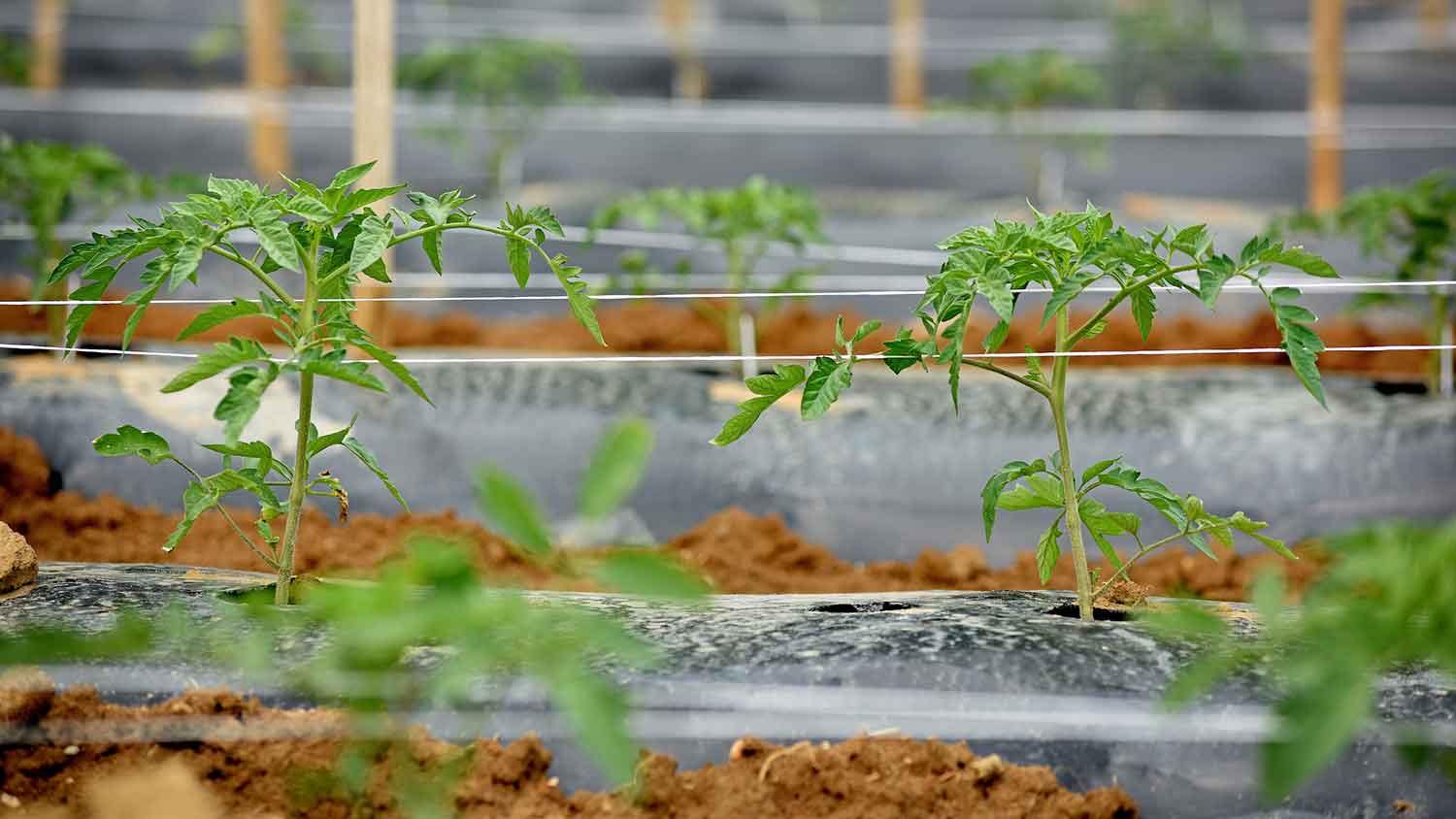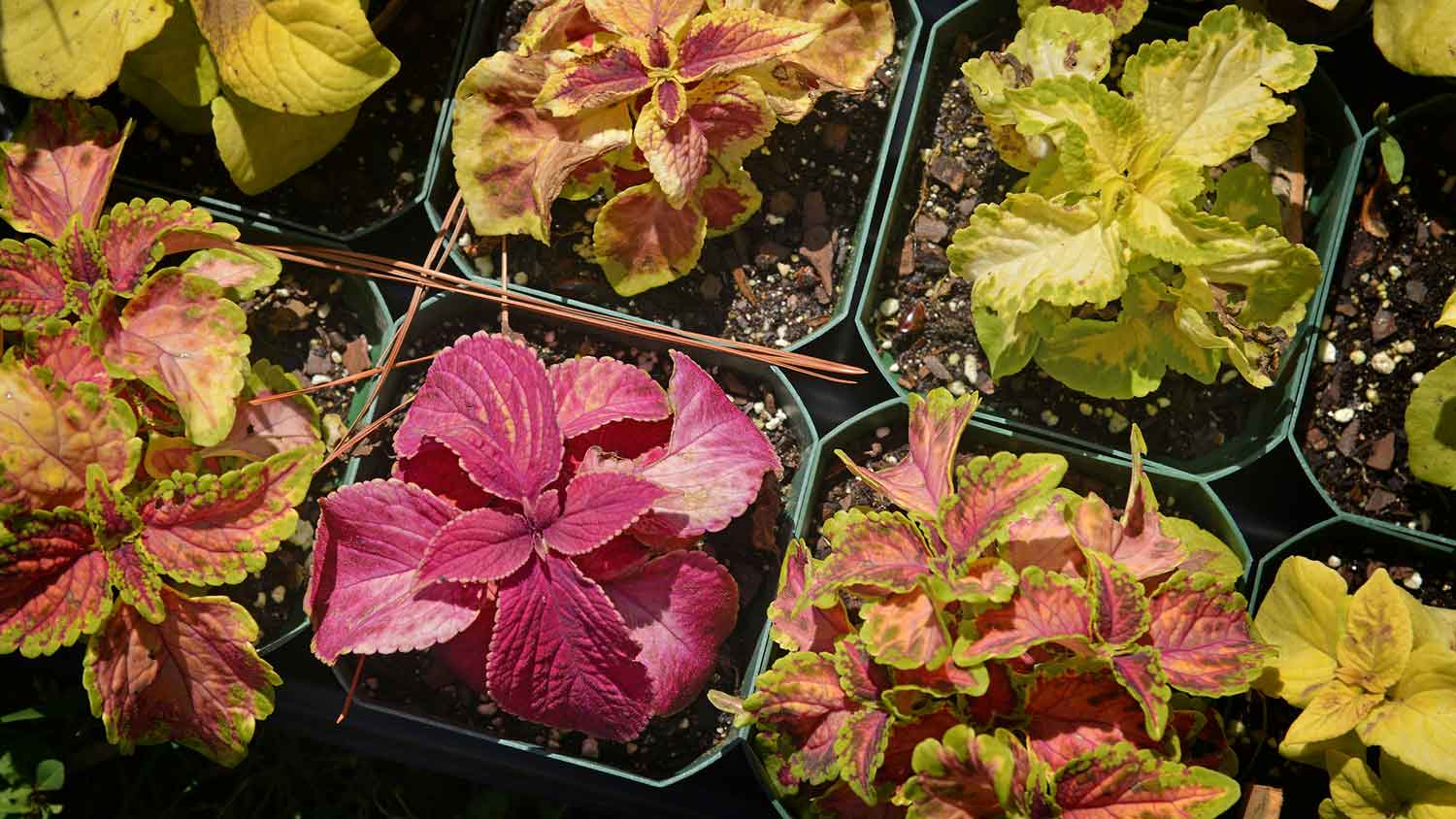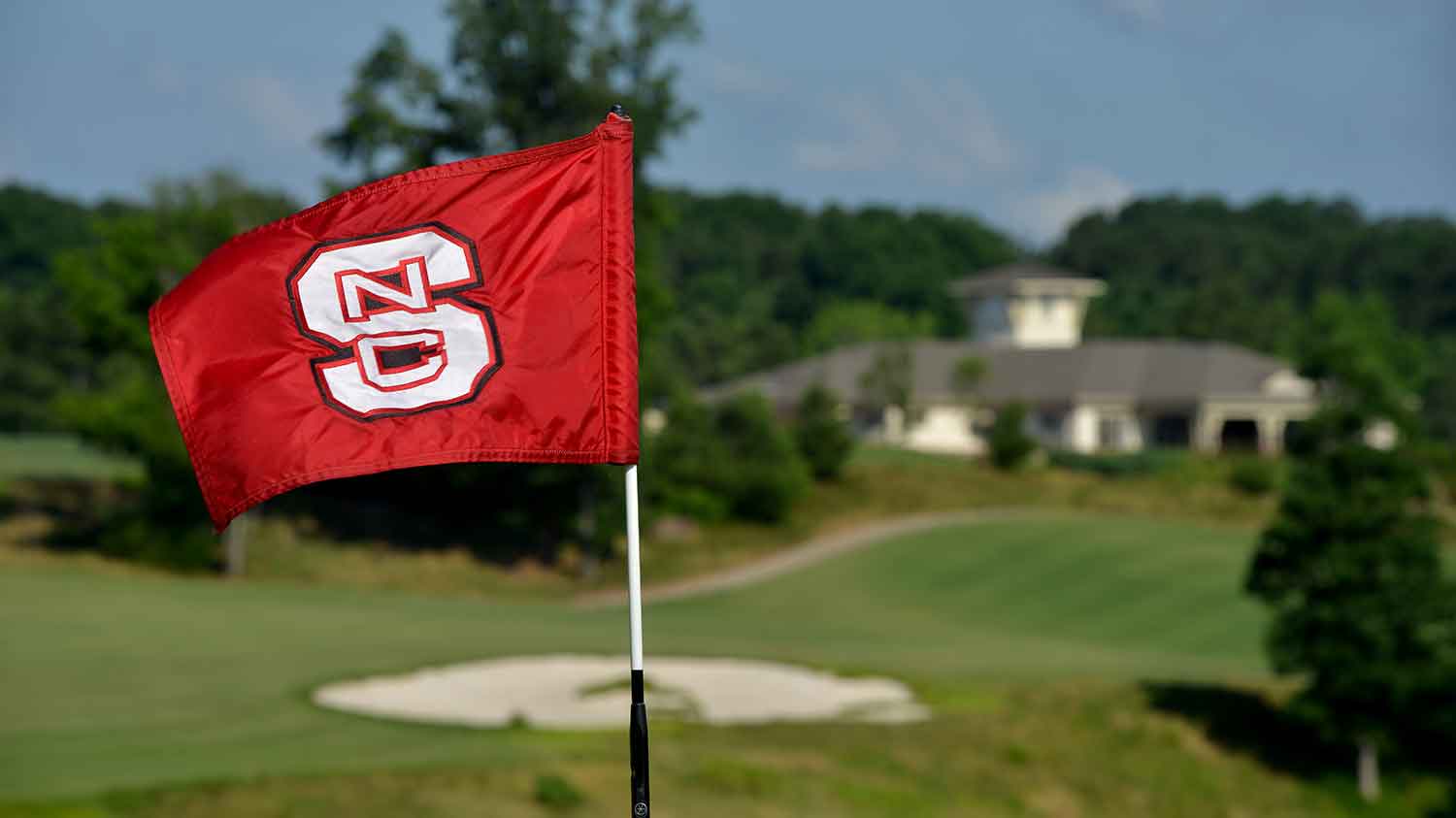Stephen Ippolito: Organic Weed Management Research with Stevia

Stephen Ippolito, an organic weed management graduate student, has focused much of his efforts on improving stevia crops from the effects of the highly competitive Palmer amaranth pigweed. Stevia is a sugar substitute made from the leaves of stevia plants without calories, carbs or artificial ingredients, it is highly valued as a healthy alternative to sugar and as a food product additive. The stevia world market value was $590 million in 2020 expected to reach $1 billion by 2028. One of the challenges to stevia growers is the aggressive Palmer amaranth that reduces crop yields because it grows up to 2-3 inches per day, reaches 6-8 feet tall, is a prolific seed producer, emerges through the crop season and is resistant to common herbicides.
In Ippolitio’s second year of graduate school, under the direction of Katie Jennings with the Department of Horticultural Science, his research was recognized with 1st place in the Master of Science poster contest at the Southern Weed Science Society annual meeting in Texas. His research poster, ‘Interference of Palmer Amaranth (Amaranthus palmeri) in Stevia (Stevia rebaudiana)‘ helped advance the knowledge of how and understanding of why even low Palmer amaranth densities significantly impact stevia yields.
Soon Ippolito will begin his first year of Southern – Sustainable Agriculture Research & Education (S-SARE) trials and work with several crops. Currently, he remains inspired by his weed science research and enjoys working with fellow researchers.
What inspired you to work in horticulture and/or weed science?
I’ve always enjoyed growing things, so in high school, I took a job working as a summer temp for a plant breeder. After college, I worked as a summer assistant for Dr. Morishita at the University of Idaho’s Kimberly Research & Extension Center. I worked for the weed science lab there and really enjoyed the work. In general, I’ve just always really enjoyed growing things, working with plants, and being outdoors so horticulture was an easy choice for me.
Can you tell us about your research for the poster competition?
The poster was based on a study I conducted last summer. The study was intended to help us better understand how Palmer amaranth competes with stevia. It was an additive method design in which stevia density was held constant while Palmer amaranth density was increased from low to high. Yield and light interception data was collected. After analysis, we found that even at very low Palmer amaranth densities there was a large reduction in stevia yield due to shading from Palmer amaranth.
What upcoming project are you most excited about and why?
I am excited about next summers’ research that is going to include some new studies. We have sweetpotato, stevia, blackberry, and muscadine studies which should be fun to work on. Both Colton Blankenship and I are also starting the first year of our Southern SARE studies which should be fun to implement. We get to work with a ton of different crops which is always exciting.
Do you see yourself in horticulture or as a weed scientist?
If you are a student interested in organic weed science management or a related plant science field, take a moment to learn more about horticulture graduate programs.


